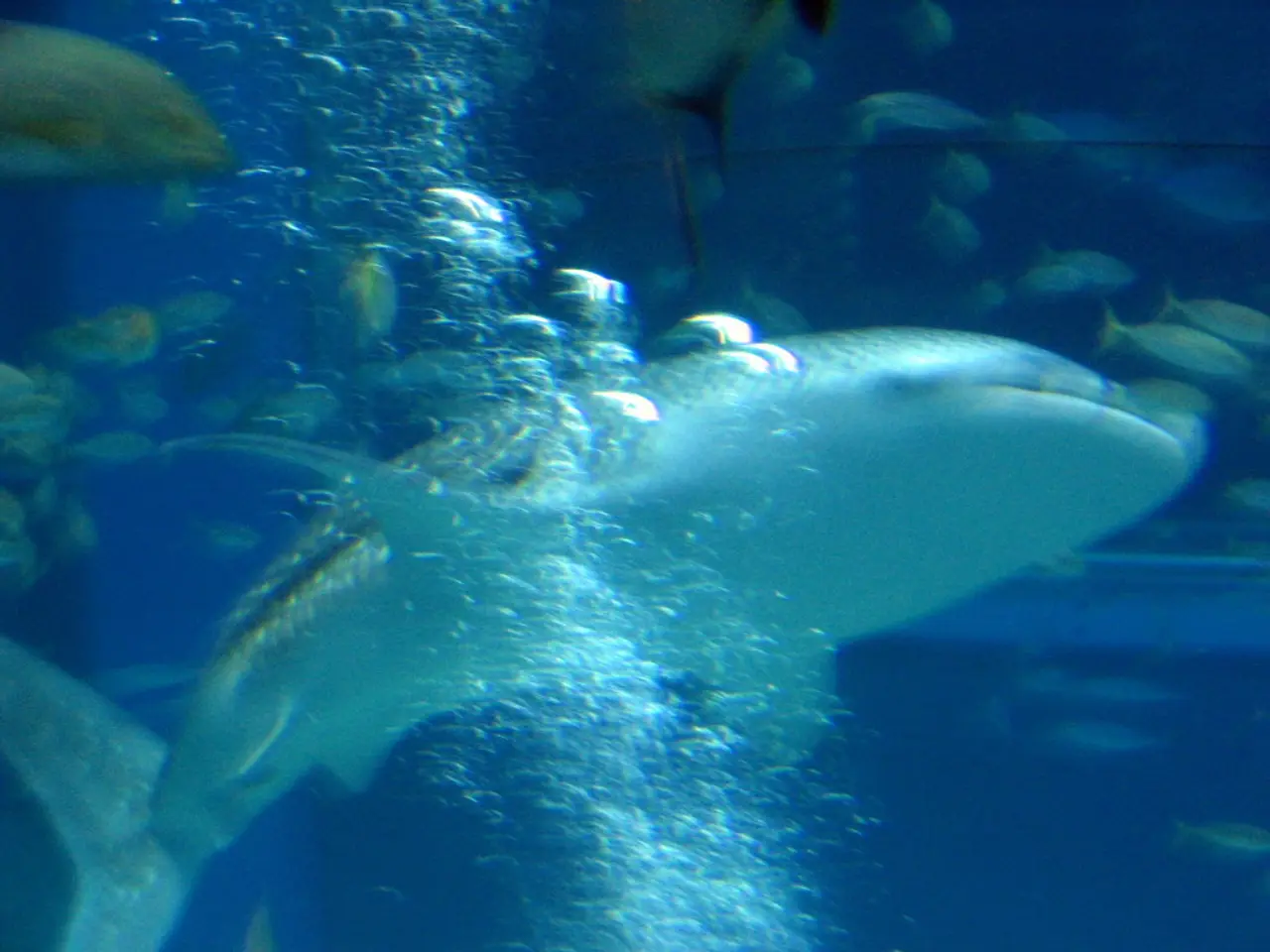Great White Sharks Remain Aquarium-Free Due to Unexpected Reasons!
In the past, attempts to house great white sharks in aquariums and marine parks have been met with limited success. From the 1950s to the 1990s, numerous sharks either died or were released back into the wild, highlighting the difficulties of keeping these magnificent creatures in captivity for extended periods [1].
Great white sharks are apex predators, relying primarily on live prey. In captivity, they often refuse to eat non-live food, posing a significant challenge for aquariums [2]. Providing live prey is costly and ethically problematic, contributing to the demise of many sharks housed in aquariums [3].
Another challenge is their physiological need for continuous swimming. Known as ram ventilators, great whites must swim forward with their mouths open to breathe. The confined spaces of aquariums do not allow them to maintain the necessary movement, leading to weakness and respiratory difficulties [4].
Their sensitive electroreception ability, which allows them to detect minute electrical signals in the water, aids in hunting. Artificial surroundings such as glass walls, tanks, and equipment likely overwhelm these senses, causing significant stress and making it harder for them to survive in captivity [1].
Great white sharks also require large spatial requirements due to their highly active nature and evolution for rapid, long-distance swimming in vast ocean habitats. The limited spatial scale of even large aquarium tanks does not meet these needs, leading to poor health and inactivity [5].
Historically, most great white sharks kept in captivity survived just days or weeks, with very few exceptions where they were temporarily held for research or display before release [3]. Ethical concerns have also risen regarding keeping such large marine predators confined, promoting conservation efforts focused on protecting their natural ecosystems rather than captivity exhibitions [1].
In recent years, there has been a growing preference for seeing great white sharks in their natural habitat, where they can thrive in their vast ocean environment [2]. Documentaries like Blackfish have shifted public opinion about keeping marine mammals in captivity, including great white sharks [3].
Showcasing great white sharks in captivity is no longer viewed as a harmless spectacle, but rather a controversial practice. The high maintenance of providing live food for great white sharks, combined with the difficulties in keeping them in a confined space, makes keeping them in captivity an almost impossible task [3].
Creating an aquarium large enough to mimic natural conditions for great white sharks is impractical and financially unfeasible. As a result, marine parks and aquariums face increasing pressure to prioritize conservation efforts over entertainment [6]. A live great white shark exhibition would likely face backlash from animal rights advocates and the general public [7].
In conclusion, the main challenges to keeping great white sharks in captivity are their strict dietary needs, respiratory physiology, sensitivity to environmental stimuli, and requirement for extensive space for swimming. These factors combined make long-term captivity nearly impossible and ethically questionable [1][2][3][5]. The future of great white sharks lies not in tanks, but in preserving their natural environment and allowing them to roam freely in the ocean.
- Despite efforts to study them, aquariums face frequent criticism for attempting to house great white sharks, as their dietary preferences, physiological needs for continuous swimming, and sensitivity to the environment make long-term captivity challenging and ethically questionable.
- In light of the health-and-wellness concerns and ethical dilemmas associated with housing them, there is a growing movement advocating for the conservation of great white sharks in their natural habitats rather than subjecting them to the stress and restricted conditions of fitness-and-exercise regimes in captivity.





